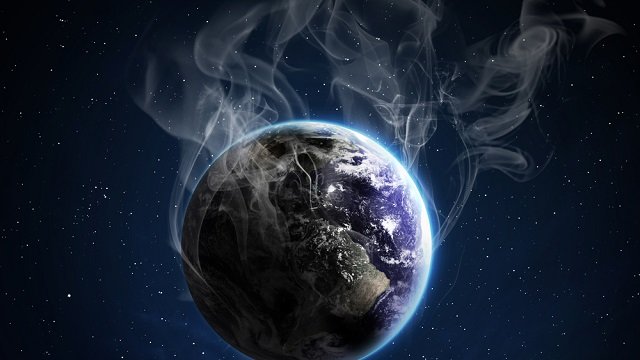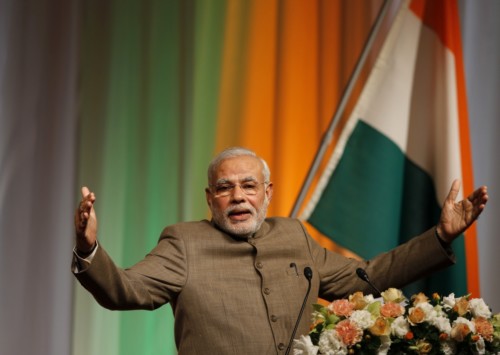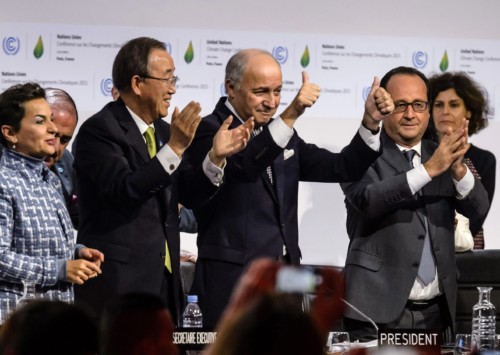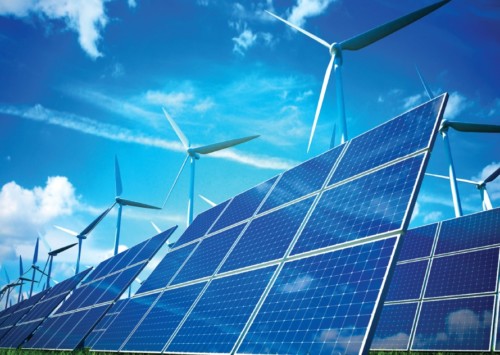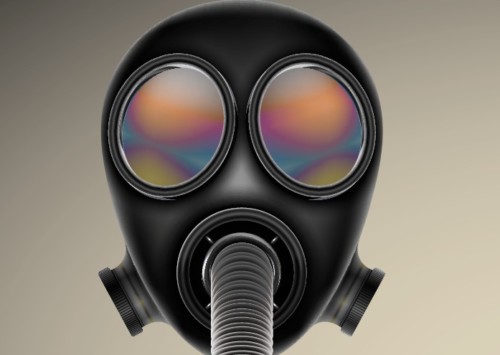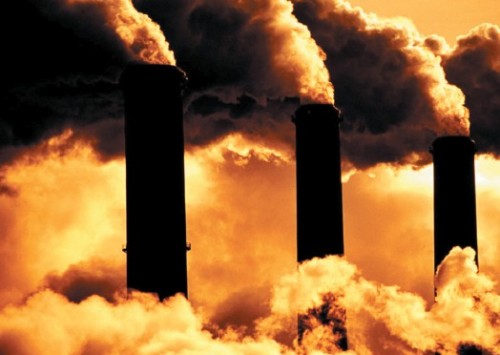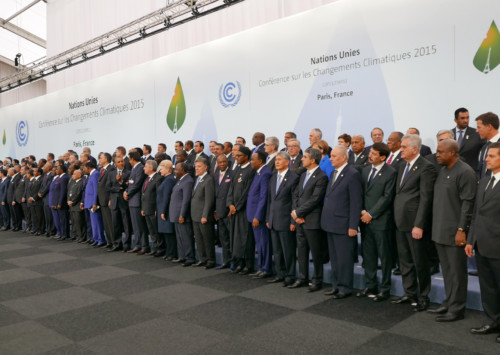Revisions in Montreal Protocol to reduce HFCs
Days after many countries joined hands to mitigate the increase in global climate issues, new revisions in the Montreal Protocol are now focusing towards reducing the use of Hydro Fluorocarbons (HFCs) contributing in the increase of global warming.
Soon after the Paris Climate Agreement turned into a law after more than 55 countries collectively responsible for more than 55 pc of emissions ratified the deal, amendments in the existing Montreal Protocol have been made, aiming to reduce the worldwide use of Hydro Fluorocarbons (HFCs).
The Montreal Protocol originally came into force in 1987 and is an international pact designed to protect the ozone layer by reducing the production of substances that are responsible for ozone depletion.
The new deal is named ‘The Kigali Deal’, which is an amendment of the Montreal Protocol. Negotiators from over 170 countries on October 15 agreed to the pact to fight against climate change by reducing the use of HFC chemical that is used in air-conditioners and refrigerators and contributes in global warming.
HFCs represent only a little portion of greenhouse gases in the atmosphere, but they carry 1,000 times the heat-trapping potency of carbon dioxide.
The Kigali deal includes targets to replace HFCs with more planet-friendly alternatives, trade sanctions to punish the lawbreakers and an agreement by rich countries to help the economically weaker nations financially in the execution of their targets.
If successfully implemented, the deal is expected to reduce the equivalent of 70 billion tons of carbon dioxide from the atmosphere.
The Indian push
India holds a strong ambition for sustainable development and along with taking steps to contribute in the Paris Climate Agreement, the country is also willing to speed up its plans for cutting HFCs as the government wants a peak in poor nations’ rising emissions by in 2031 along with providing a reasonable time to the industries to adapt to changes.
According to the climate expert and CSE Deputy Director General, Chandra Bhushan, India went with a clear strategy and a proactive agenda to enhance the overall environmental ambition of the deal and to protect the nation’s economic interests.
The amendment finally agreed to not only protect India’s economic interests, but also doubles the climate benefit compared to the previous Indian proposal.
The final treaty will section countries into three divisions where the richest countries, including the United States and those in the European Union, will cease the production and consumption of HFCs by 2018, reducing them to about 15 pc of 2012 levels by 2036; China, Brazil and all of Africa will freeze HFC use by 2024, reducing it to 20 pc of 2021 levels by 2045; and a group of hottest countries like India, Pakistan, Iran, Saudi Arabia and Kuwait, will target to give up the HFC use by 2028 and reducing it to about 15 pc of 2025 levels by 2047.

